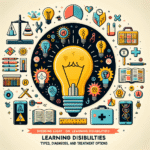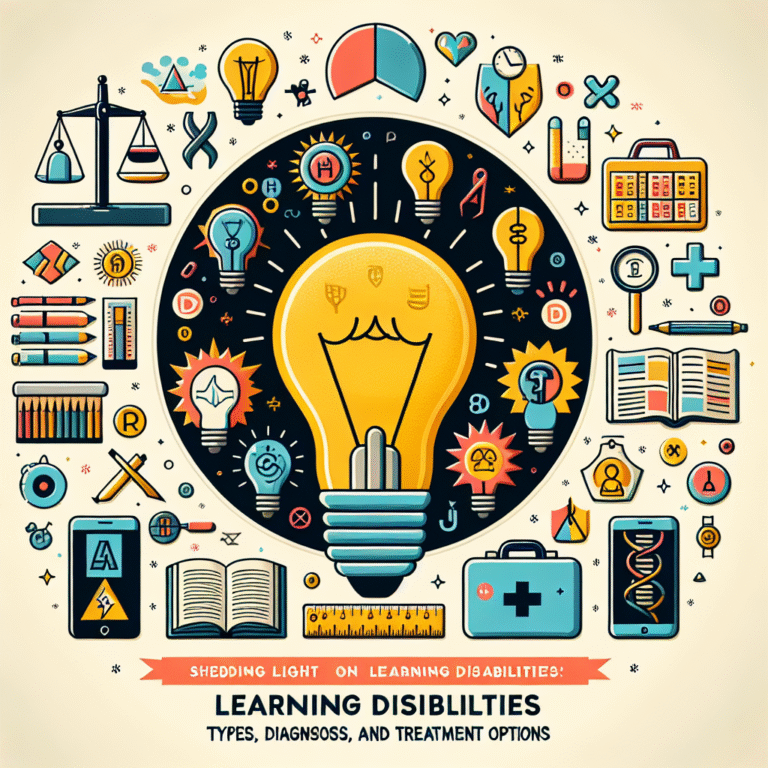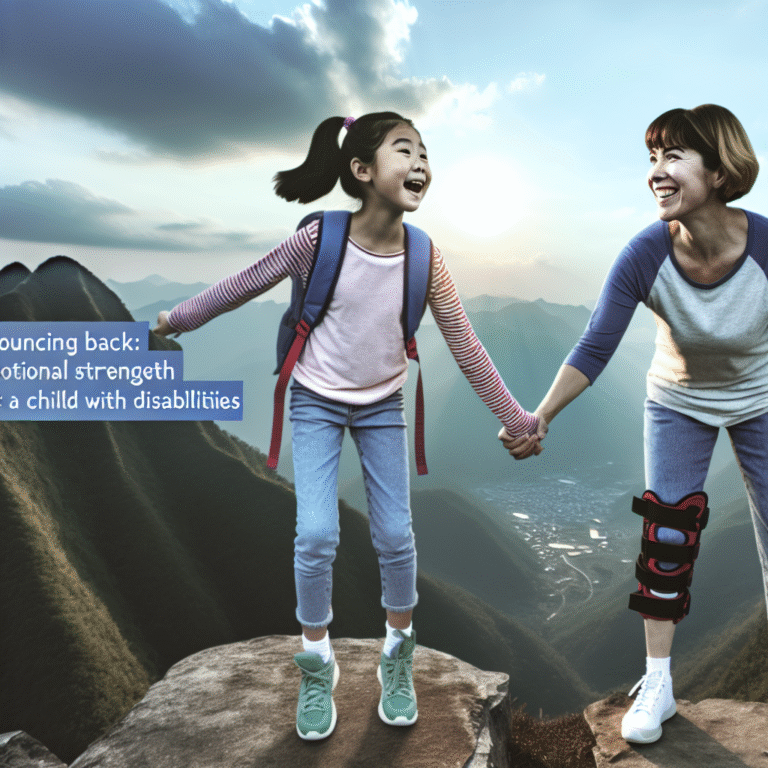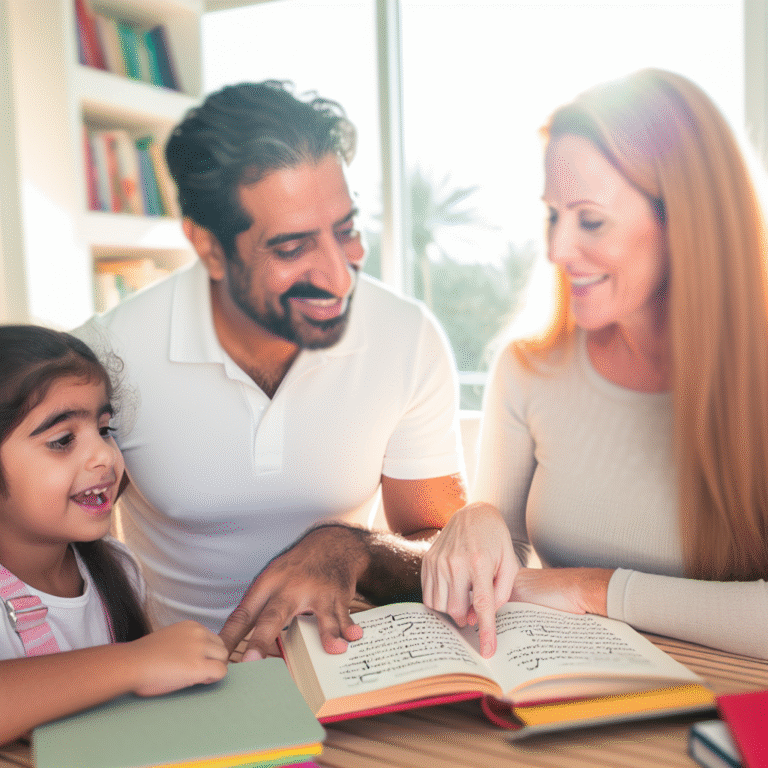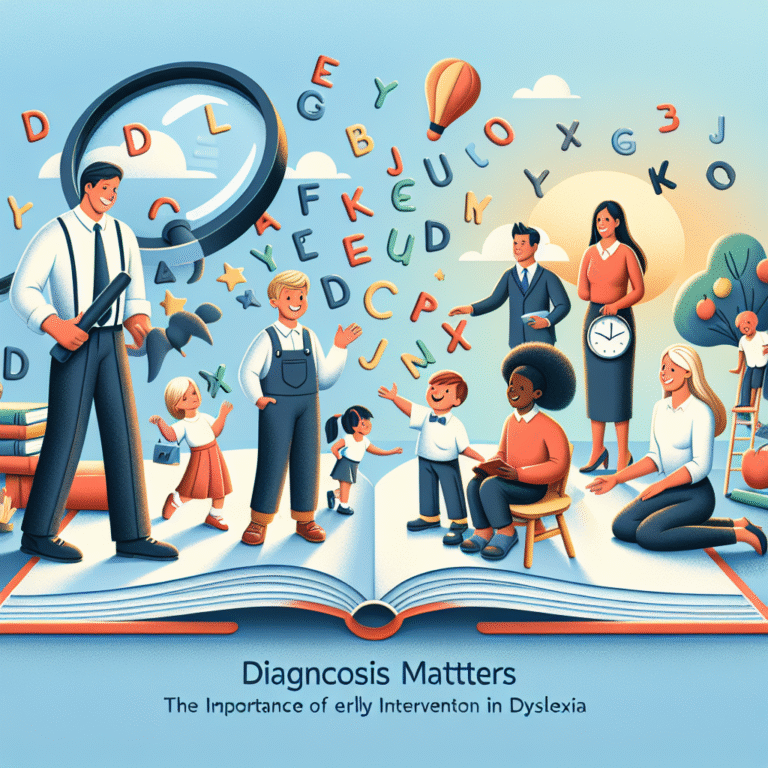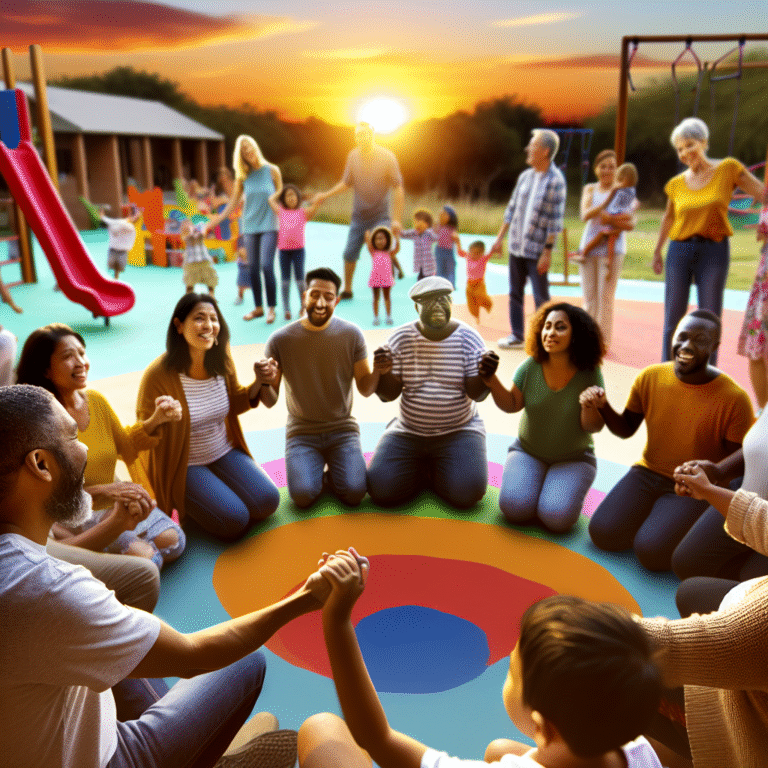Creative Expression: How Art Unlocks Potential for Those with Learning Disabilities
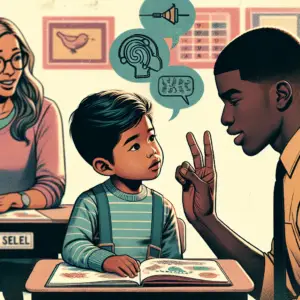
Art Unlocks Potential for Those with Learning Disabilities
Imagine a world where everyone, regardless of their learning disabilities, can express themselves freely and creatively. Every day, the powerful interplay of art and creative expression shapes this aspiration into a reality. Creative Expression: How Art Unlocks Potential for Those with Learning Disabilities is an essential exploration into how art is a transformative tool, enabling individuals with learning difficulties to flourish, communicate, and thrive. Often overlooked in a society that prioritises conventional educational pathways, creative arts play a crucial role in unlocking hidden potential.
Through the inventive brushstrokes of a paintbrush or the rhythmic beats of a drum, people can articulate emotions and ideas that words might fail to express. From enhanced self-esteem to improved cognitive functions, creative expression in art offers limitless possibilities for those with learning challenges. This article will delve deep into the myriad ways art can unlock potential, supported by inspiring case studies, illustrative data, and actionable insights.
The Science Behind Creative Expression
Understanding how Creative Expression: How Art Unlocks Potential for Those with Learning Disabilities unfolds requires a look into the science behind creativity. Studies have shown that engaging in art activates various areas of the brain, fostering connections and promoting neuroplasticity—the brain’s ability to reorganize itself by forming new neural connections. For individuals with learning disabilities, this can improve cognitive functions such as memory, attention, and problem-solving skills.
Compared to traditional educational methods, a 2018 study in the Journal of Applied Arts and Health found that individuals with learning disabilities exhibited enhanced learning and retention rates when engaged in art therapy. The study highlighted that the hands-on approach of art and creative expression appeals to different learning styles, allowing participants to grasp complex concepts more accessiblely.
Benefits of Creative Expression: Art Unlocks Potential for Those with Learning Disabilities
1. Enhancing Communication Skills
For many with learning disabilities, communication can be a daunting challenge. Art, however, provides an alternative language that is often easier to navigate.
Case Study: Jack’s Journey with Painting
Jack, a 12-year-old with autism spectrum disorder (ASD), struggled to articulate his thoughts and emotions. After joining a community art program, Jack discovered painting. His therapist noted that through painting, Jack began to share his emotions visually. Gradually, he became more confident in his verbal communication, attributing much of his progress to the sanctuary art provided him.
2. Boosting Self-Esteem and Confidence
Creative expression emboldens individuals, providing a sense of purpose and achievement.
Case Study: Lisa’s Mural
Lisa, a dyslexic high school student, frequently experienced discouragement due to her academic performance. When her school organized a mural project, Lisa took the initiative to lead the design. The tangible outcome of the mural served as a profound source of pride, boosting her self-esteem and transforming her self-concept as a capable and creative individual.
3. Encouraging Problem-Solving and Critical Thinking
Art encourages individuals to experiment, ask questions, and think outside the box.
Case Study: The Sculpture Project
A group of young adults with learning disabilities participated in a sculpture project. Throughout the project, they faced various challenges, including design feasibility and material selection. By navigating these obstacles, the participants developed critical thinking skills and learned the value of persistence and innovative problem-solving.
4. Fostering Emotional Expression and Regulation
Art can act as a vital outlet for expressing emotions, especially for those who struggle with verbalizing their feelings.
Case Study: The Clay Therapy Sessions
Individuals with emotional and learning difficulties in a clay therapy group shaped their frustrations and fears into unique sculptures. Therapists observed that this tactile expression allowed participants to better process their emotions, often resulting in lower anxiety levels and improved emotional regulation.
Creative Art Forms to Explore: Art Unlocks Potential for Those with Learning Disabilities
Engaging in different forms of art allows for exploration and discovery. Here are some innovative art forms that individuals with learning disabilities can explore:
- Visual Arts (Painting, Drawing, Sculpture): These classic mediums encourage unrestricted self-expression and can significantly enhance fine motor skills.
- Performing Arts (Theater, Dance, Music): Involvement in theater or music not only improves collaboration skills but also builds confidence and social skills.
- Digital Arts (Graphic Design, Video Production): As technology becomes increasingly prevalent, digital arts provide unique avenues for creative expression, appealing to a generation familiar with digital media.
| Art Form | Benefits |
|---|---|
| Visual Arts | Enhances fine motor skills, emotional expression |
| Performing Arts | Improves collaboration and social skills |
| Digital Arts | Engages tech-savvy learners with modern media |
Overcoming Barriers to Creative Expression: Art Unlocks Potential for Those with Learning Disabilities
While the benefits of Creative Expression: How Art Unlocks Potential for Those with Learning Disabilities are clear, several barriers may still impede access to art for individuals with learning disabilities.
Lack of Resources and Support
Many schools and community programs lack funding to provide comprehensive art programs. Advocacy for arts education funding is essential to ensure that all individuals have access to these transformative experiences.
Stereotypes and Misconceptions
There remains a stigma surrounding learning disabilities that can lead to undervaluation of the capabilities of these individuals. Educating the community and promoting awareness about the importance of creative expression can help dismantle these misconceptions.
Accessibility Challenges
Accessibility can be a significant barrier for individuals with physical disabilities. Offering adaptive tools and resources can ensure that everyone has an opportunity to express themselves creatively.
Actionable Insights for Unlocking Potential :Art Unlocks Potential for Those with Learning Disabilities
1. Promote Programs Focused on Art
Communities should advocate for more funding and support for arts programs tailored for individuals with learning difficulties.
2. Involve Families and Caregivers
Encouraging families to engage in creative activities together can help nurture a supportive environment where individuals feel safe expressing themselves.
3. Offer Diverse Art Opportunities
We should encourage individuals to explore various art forms to find the medium that resonates with them personally.
4. Create Safe Spaces
Establishing safe environments where individuals feel free to express their ideas without judgment can foster creativity and self-discovery.
Conclusion: Art Unlocks Potential for Those with Learning Disabilities
In closing, Creative Expression: How Art Unlocks Potential for Those with Learning Disabilities illuminates artistic engagement’s profound impact on individuals’ lives. By embracing art as a vital form of communication and exploration, we pave the way for a future where everyone, regardless of their challenges, can realize their full potential. We must foster these opportunities and champion the voices of those often unheard.
As we persist in challenging the limits of conventional education, we must not overlook the thriving realm of art that lies ahead. It is within these creative realms that true potential is unveiled, allowing individuals not just to survive, but to thrive.
FAQs on Art Unlocks Potential for Those with Learning Disabilities
1. How does art help people with disabilities?
Art provides a powerful medium for people with disabilities to express themselves, build confidence, and foster emotional well-being. Here’s how art helps:
- Self-Expression: Art allows individuals to communicate thoughts and feelings that may be difficult to express verbally, creating a sense of freedom and empowerment.
- Therapeutic Benefits: Art therapy helps reduce stress, anxiety, and depression by engaging the brain in creative and soothing activities.
- Cognitive and Motor Skill Development: Engaging in activities like painting, sculpting, or drawing helps improve fine motor skills and cognitive functions.
- Social Inclusion: Group art projects promote interaction and teamwork, reducing feelings of isolation and encouraging inclusion.
- Celebration of Abilities: Art shifts the focus from disabilities to unique talents and creativity, boosting self-esteem.
Programs tailored to individual needs, such as adaptive tools or guided workshops, make art accessible and beneficial for people with diverse disabilities.
2. What do people with learning disabilities need help with?
People with learning disabilities often require support in specific areas to overcome challenges and achieve their full potential. Common areas where help is needed include:
- Academic Support: Difficulty with reading, writing, mathematics, or comprehension may necessitate specialized teaching strategies or assistive technologies.
- Time Management and Organization: Structuring tasks and managing deadlines can be challenging, so tools like planners or reminders can help.
- Social Skills: Building confidence in interacting with peers and navigating social situations may require guidance or social skills training.
- Emotional Support: Providing encouragement and addressing frustrations related to learning challenges is crucial for mental health.
- Life Skills: Practical help in areas like decision-making, problem-solving, and independent living may be necessary.
Early diagnosis and individualized support plans can make a significant difference in empowering people with learning disabilities.
3. What would you do to integrate a student with learning disabilities in the classroom?
Integrating a student with learning disabilities in the classroom involves creating an inclusive environment that accommodates their needs and encourages participation. Strategies include:
- Differentiated Instruction: Adapting teaching methods, such as visual aids, hands-on activities, or one-on-one instruction, to suit their learning style.
- Use of Assistive Technology: Tools like text-to-speech software or audiobooks can help bridge learning gaps.
- Collaborative Learning: Group activities and peer mentoring foster a sense of belonging and mutual support.
- Clear and Simple Instructions: Breaking tasks into smaller, manageable steps ensures better understanding and completion.
- Positive Reinforcement: Celebrating achievements, no matter how small, builds confidence and motivation.
- Support Services: Collaborating with special education professionals or therapists ensures the student receives comprehensive support.
Educators can help students with learning disabilities thrive academically and socially by fostering a nurturing and adaptive learning environment.
4. How does art help special education students?
Art offers unique benefits to special education students by addressing their specific needs and enhancing their overall development. Here’s how:
- Enhancing Communication: Art becomes a nonverbal way to express ideas and emotions for students with speech or language impairments.
- Building Confidence: Completing art projects gives students a sense of accomplishment and boosts self-esteem.
- Encouraging Focus: Art activities like coloring or sculpting improve concentration and patience.
- Supporting Social Skills: Group art projects teach teamwork, sharing, and constructive feedback in a low-pressure environment.
- Stimulating Sensory Integration: Tactile art materials like clay or textured paper provide therapeutic sensory experiences for students with sensory processing disorders.
Tailored art programs that accommodate individual needs ensure special education students gain the full emotional, cognitive, and social benefits of creative expression.
With a simple brushstroke or a rhythmic beat, every individual has the potential to express themselves and unlock the magnificence that lies within. The world awaits their stories — let’s ensure they have the canvas to tell them.

